Digital Habits for Better Focus
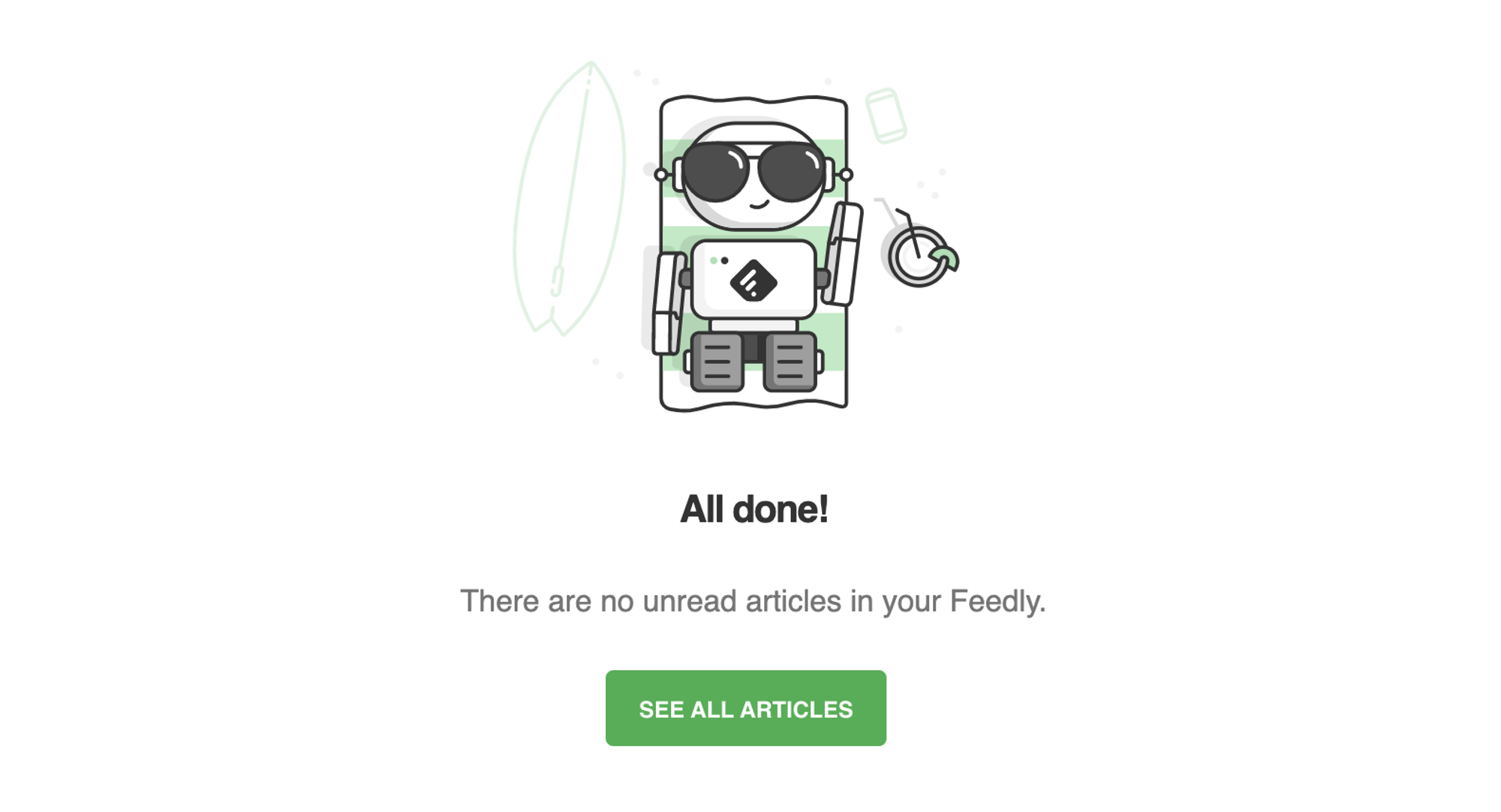
Each day we have finite attention which we want to direct towards things that matter. Our devices have a strong tendency to wear down our attention, by exacerbating distractions and hooking us with novel content. It can be hard to keep them in place as tools we engage with for a purpose.
In this post I present three habits, along with some tips, that I have been able to keep up for some time – helping me to limit and organise what I consume, deal with the day's distractions, and keep my mind in the present.
1. Curate information sources
Online news and media present us with immediate, endless content that fights to maintain our attention. It's too easy to unlock a device intending to check two minutes of headlines and end up lost in 20 minutes of distractions.
At a certain threshold, this content is valuable. The problem is filtering down information sources into a finite list that can be consumed in a defined timeframe. Per Hyperfocus, the goal is to consume quality units of information (dots) and give ourselves the space to process them (join up the dots) later.
Use a reader app
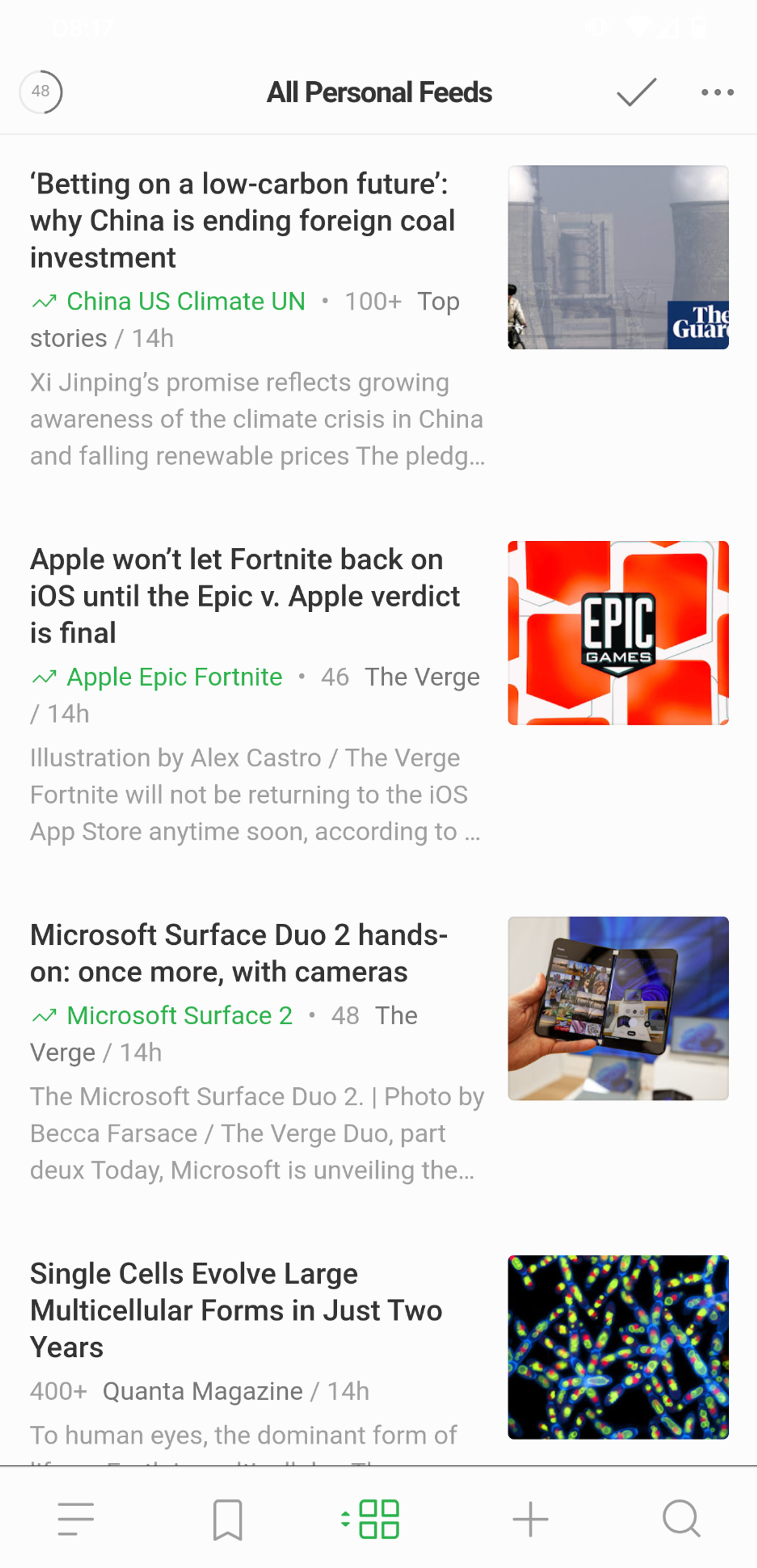
For the last two years, I've been consolidating my daily reading with Feedly, a feed aggregator/reader app that lets you build a personal news feed from selected sources across the internet. Feedly is one of those rare apps focused on doing one thing well. It has a number of features which I value:
- A clean, ad-free interface that marks each article as read as you scroll. When you reach the bottom, the feed ends (you can also go back and toggle unread by source).
- Supports following nearly any web source, including RSS, Reddit, Twitter and email newsletters via a generated address.
- Built-in read later functionality and an integration for Pocket.
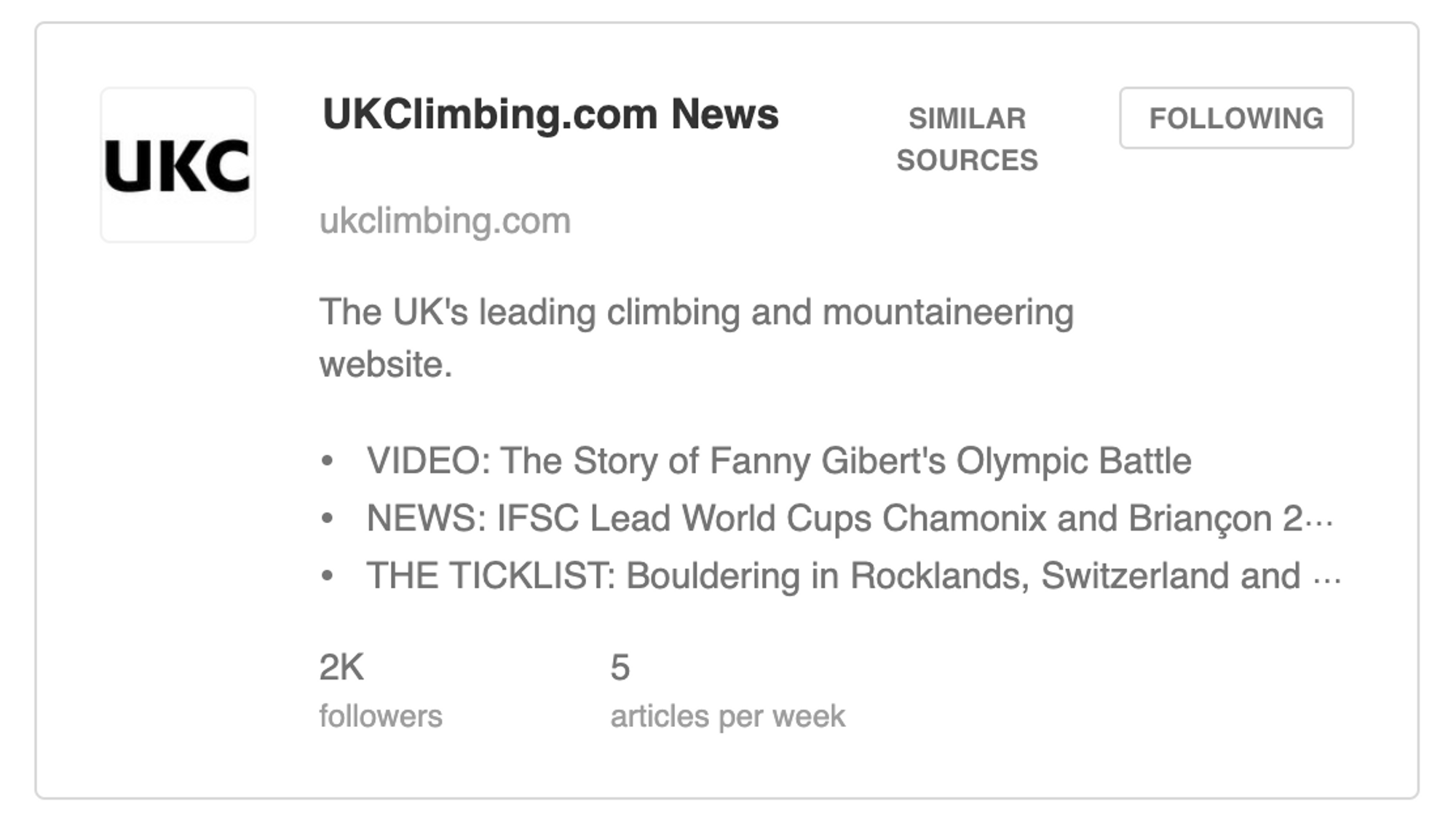
I check Feedly two or three times a day, and it is the only media-browsing app on my phone's home screen. It rarely takes longer than five minutes to scan and read all articles, after which I can be content that I've hit the bottom of the feed. When I come across an interesting long read, it is saved to Pocket for later consumption. I use the weekend (generally Sunday) as a time for this extended reading.
Be selective with what you follow
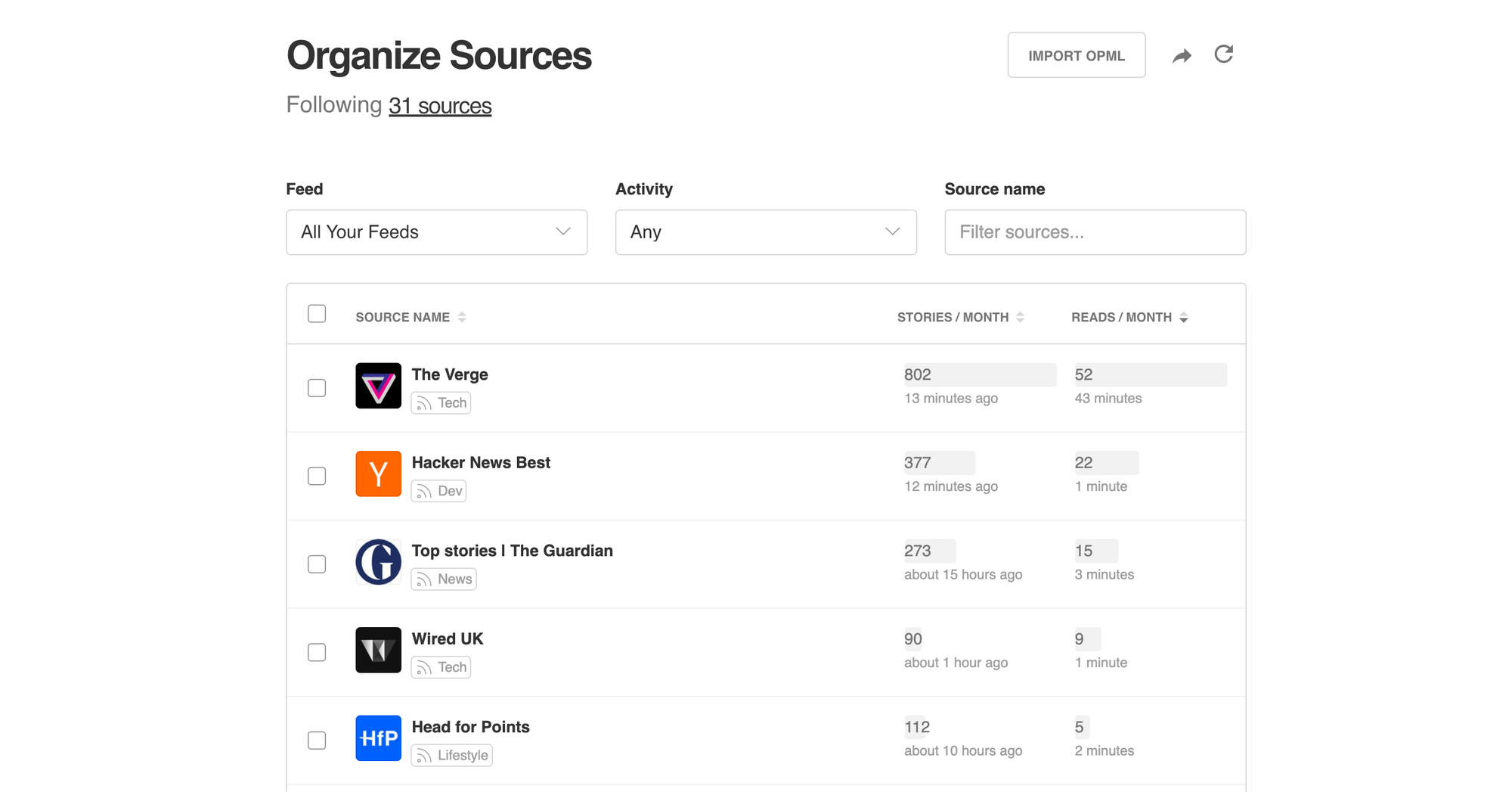
In addition to this method of reading, the other element to succeed with this system is to be selective with sources that you follow. This will vary considerably by person, and what balance of breadth of sources (i.e. filter bubble) and daily article volume you are happy with. I'm currently following 33 sources which I spend roughly two hours browsing/quick-reading a month.
Put simply, Feedly has been essential tool that has saved countless hours of mindless consumption. Alternatives you may want to try are Feedbin and Reeder.
2. Check email once a day
The ubiquity of email has helped it remain a hub of both information and noise. For the same reasons as above, managing email effectively will help us to get on with the rest of our day.
The main principle I've embraced with email is that communication is asynchronous. As with physical mail, the sender won't expect you to receive a message immediately, and won't get a read receipt. It's fundamentally acceptable to send a delayed reply. Thus, I disable all email push notifications and notification badges on every platform; instead I actively choose when to engage with my inbox.
I check email exactly once per day, at lunchtime. This applies both to my personal inbox and at work and has become a well-practised routine. During this time I clear my inbox by reading and archiving all emails except those which require action (a variant of Inbox Zero):
- Replies that will take one minute or less are actioned immediately.
- Emails which require follow up and can occur later are flagged and go into my to-do app (Microsoft To Do), where a due date can be set if needed.
- Important, urgent items remain and I schedule these into my day.
Minimise incoming email sources
Have zero tolerance for noise. Don't delay going through and unsubscribing from any newsletters or updates you aren't getting value from. They should be cut off from using your attention. Useful email newsletters can also be subscribed to via Feedly.
Spam email senders that get through to your inbox should be immediately blocked. I'm also an old-schooler when it comes to disabling images within emails by default, which is helpful to prevent untrusted senders from determining if you've opened a message.
A note on other notifications
Be ruthless with notifications sent from other apps. This has meant allowing no push notifications on my phone from any apps except core communication. When it comes to unpausing Do Not Disturb, there should only be important items: calls, non-group messages, and time-sensitive to-dos. I aim for no more than ten interruptions when picking up my phone on a busy day.
A useful feature in Android 11 is Notification History, which is a fantastic way to review what has interrupted you in the past day or week. Consider what alerts are valuable.
(This is a widely-covered topic. See: Digital Minimalism)
3. Put down ideas for later
When our minds are working in the background, useful thoughts can often surface serendipitously. If this occurs while focusing on a task, it has a good chance of interrupting your flow. Effectively we have another useful but distracting inbox!
The practice I've found most helpful when an interrupting thought arrives is to immediately record it, either digitally or on paper. As David Allen identifies in Getting Things Done, "Your mind is for having ideas, not holding them". Recording has both the benefit of meaning you won't forget an item, and allowing you to move on, eliminating the creeping anxiety of having not dealt with it. Critically, this allows us to return to what we were doing as fast as possible. Aim to log the thought that surfaced, but not think much more about it.
Have an ideas inbox
I try to limit tasks in my to-do app to those that are actionable or have a set date for review. Everything else goes into an "Ideas Inbox" page in Notion or Quip which I review periodically and also use as a scratchpad to annotate recurring ideas further. If I am recording in my notebook, this will be a holding area until I can digitise items into one of the above locations and cross them off.
This is a very helpful system as nothing is forgotten, and I end up with a slice of things I've thought about in the last period of weeks or months, which can be reviewed when it comes to planning objectives for the future.
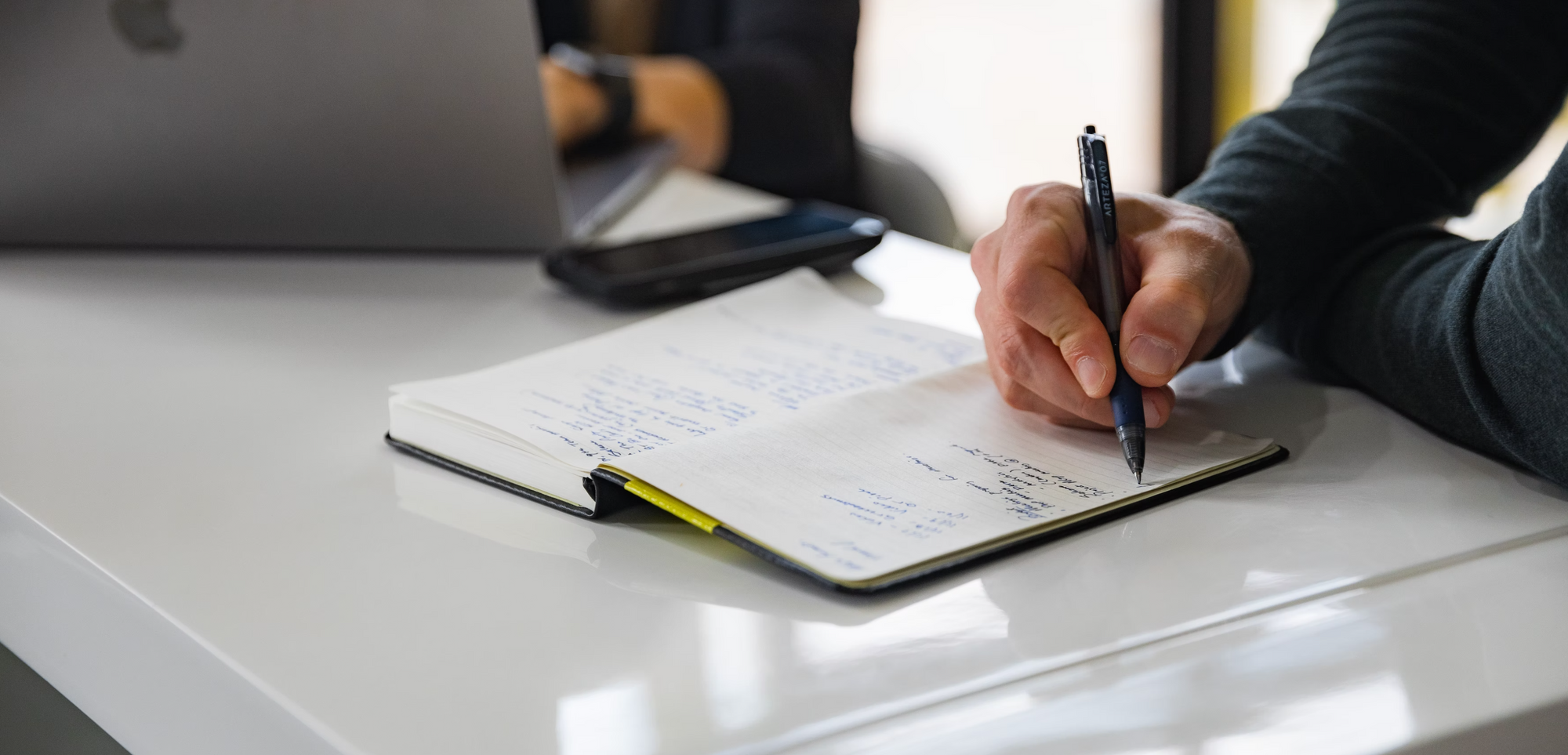
Batch-process items on a suitable basis
Separating larger items that cannot be handled in the moment has been a theme throughout this post. This distinction between now and later has been the most valuable part of my daily focus system as it genuinely guides my attention back to the present. I typically unpack and address these items on the weekend, when admin tasks, reading, and thinking can be purposefully focused on.
Conclusion
The road to improving focus and productivity is never finished. This is a snapshot of the tools and systems that have been working sustainably for me for over a year. I hope they can be helpful to you.